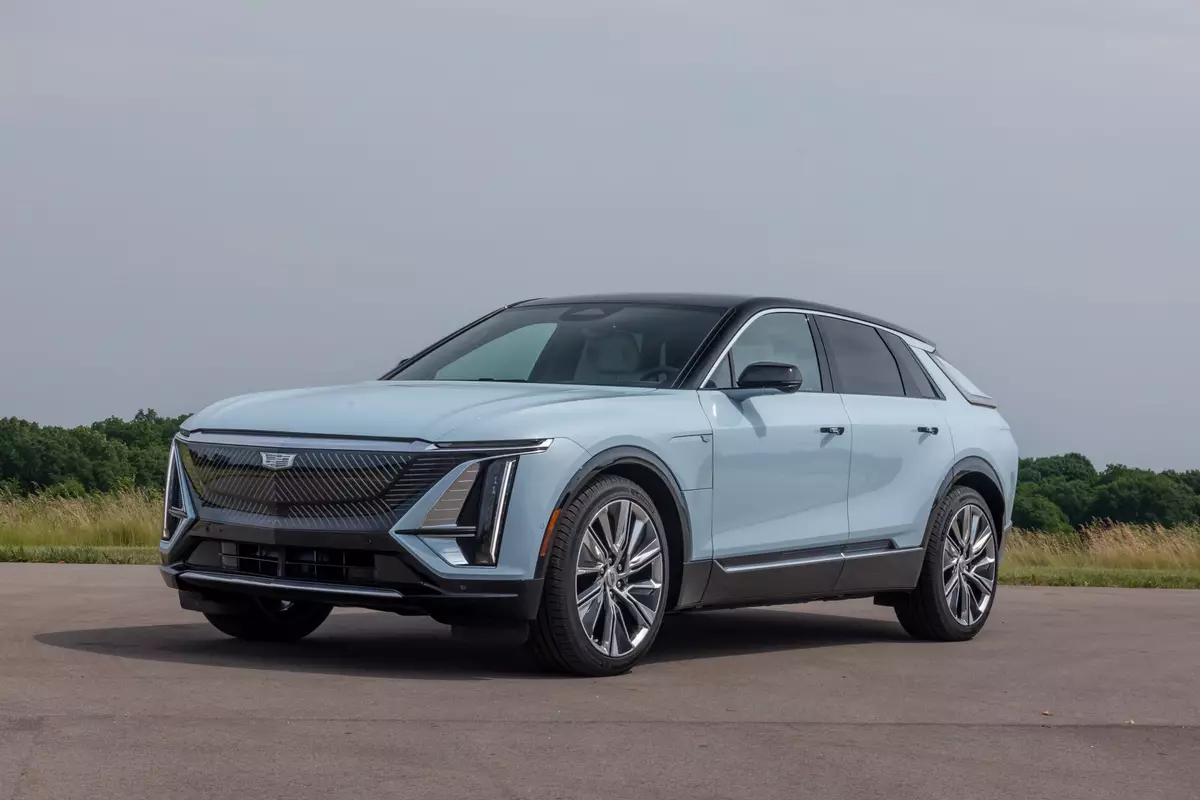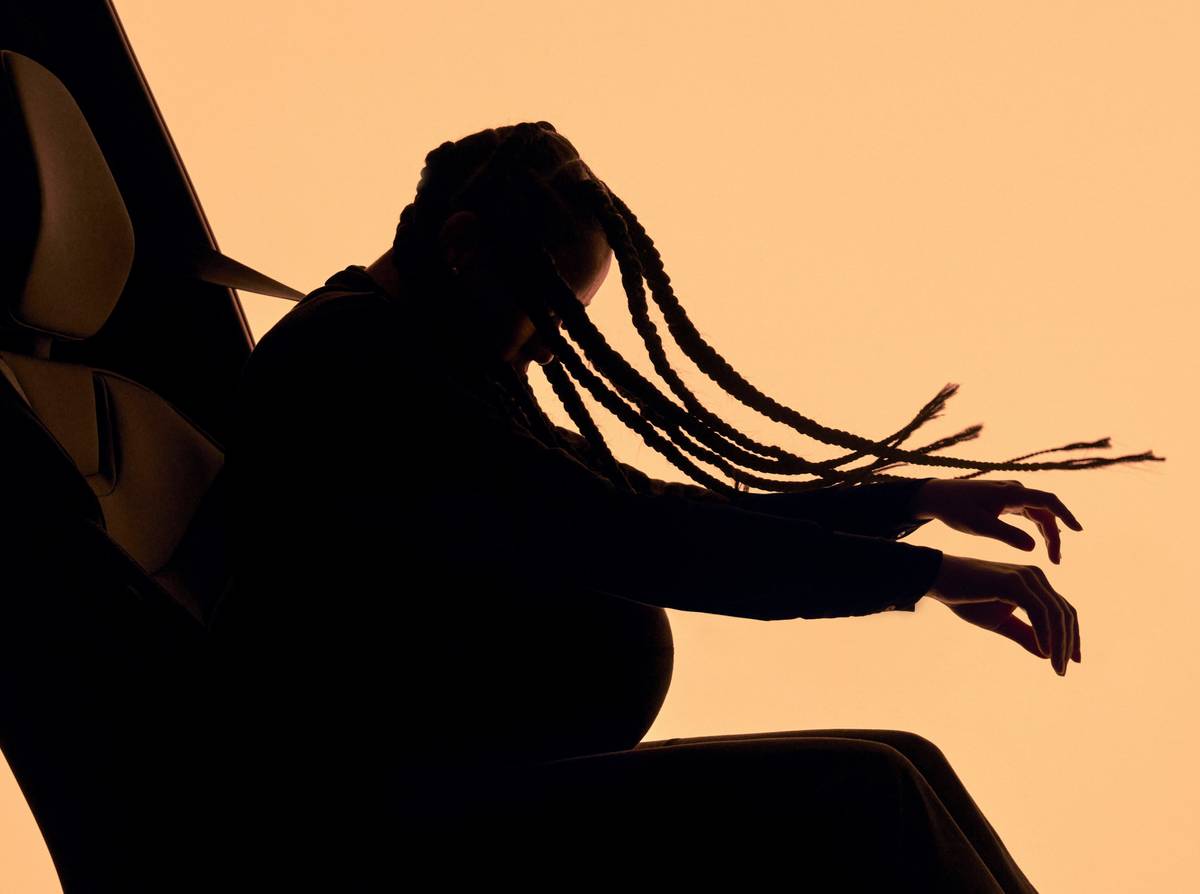The Morning Call and Mcall.com's view
If we consider the premise that an automobile is an extension of one’s personality, where does this leave the Porsche 911? Without getting too deeply involved in the psychological, economical and sociological needs and wants of Porsche 911 buyers let’s just say it is someone who has money and enjoys driving fast.
First off, the Porsche 911 is very expensive – how does about 40 thou grab you? Next, this German supercar was designed for high-speed Autobahn cruising (the national pastime in the Fatherland) and so in our country with its 55 MPH top speed limit and the 911’s 146 MPH top speed it may seem to be a bit of an overkill. But not to worry. In addition to its performance the 911 is also a statement. And that statement not only says you have arrived, but that you have arrived in the fast lane.
The test car – supplied by Knopf Automotive, 3401 Lehigh St., Allentown – was a Carrera coupe and driving it not only produced an appreciation for fine engineering, it also brought instant recognition. The basic design of the 911 has been around for many years and even though there are not many of them on the road people seem to know what it is. Everybody loved the test car including my 16-year-old daughter who decided this was the car for her.
It is somewhat difficult to believe that this state-of-the-art driving car has been around for so many years. In fact, this model was introduced back in 1964. Very few cars remain in production that many years without major changes either in shape or basic mechanical specifications. There have been other Porsches introduced since that time but the 911 with its rear-mounted engine is still the true Porsche to many. Don’t get the idea that it is the same car brought out in 1964. It may look the same but it has been constantly refined and defined over the years.
Actually, it has been so refined and brought up-to-date that there isn’t that much left to do. For example there are four changes for the 1986 model. 1. Redesigned ducting for heating and air conditioning system. 2. Changed chassis tuning (stabilizer bars, shock absorbers and torsion bars). 3. Shortened shift lever travel. 4. Color-coordinated carpeting in load space. Not exactly revolutionary.
Does this all mean that the 911 is perfect? Not really. It is a perfect driving machine but it does leave something to be desired in the creature comfort department. It now has all the obligatory features all drivers, even serious drivers, want these days – air conditioning, power windows, power seat and power sunroof – but somehow they all look like afterthoughts, which when you come to think of it, they real are. The air conditioning/heater system is somewhat overly complicated and its controls are scattered in various areas of the cockpit (some of this could be because of the 911’s air-cooled engine). The power seat controls are almost hidden from view and you have to search for the unmarked sunroof switch which is nowhere near where you would expect to find it. But, then, Porsche never claimed it was a luxury coupe.
The 911 is a rather small car but because of the downsizing on other cars over the past 10 years, it doesn’t look as small as it did back in the mid- 1960s. Perhaps the automotive world is catching up to it. Or vice versa. Anyway, it has a wheelbase of 89.5 inches, overall length of 168.9 inches, width of 65 inches, height of 52 inches and curb weight of 2,756 pounds. Driver and front passenger room are excellent. There is a back seat but barely and it is best suited for small, non-squirming and non-complaining children. But since the 911 is generally not bought as a family vehicle, the back seat can best be used to haul luggage, since the trunk (located where the engine compartment normally would be) is incredibly small.
Driving the 911 shouldn’t present any problems to anyone reasonably proficient in dr ving. It can make an average driver look good and a good driver look like Paul Newman. But it does take concentration and effort. In many ways it is a machine to make driving easier but in other ways it is unforgiving. Take it into those corners, curves and cloverleafs and feel the smoothness. No lean, no roll, no squeal.
This, of course, is the result of a very sophisticated suspension system that seems to be getting even more sophisticated over the years. The four- wheel independent suspension features MacPherson struts up front, semi- trailing arms in the rear, torsion bars on all wheels and stabilizer bars fore and aft. There are disc brakes on all wheels and a fast ratio rack-and- pinion steering system.
The 911 is powered by a somewhat unusual engine. It is a horizontally opposed six-cylinder, air-cooled alloy engine, a bit noisy, but the noise is in the rear. The engine, measuring 192 cubic inches, is rated at 200 horsepower at 5,900 rpm and 185 foot pounds torque at 4,800 rpm.
Performance is very good. If you manipulate the five-speed transmission correctly and lay on the gas pedal, acceleration from 0-60 MPH will be under 7 seconds. Low speed torque, as can be expected, is somewhat lacking so you can’t go lugging it around. Keep up the rpm and everybody will be happy. Fortunately, this extremely expensive engine is protected. Maximum rpm is limited to 6,500 rpm by an automatic fuel shut-off regulator. So, even if you do get sloppy, Dr. Porsche is watching you.
The test car averaged 15 miles per gallon for city driving and 22 mpg over the highway. I used premium unleaded in the test car but Porsche says you can use regular unleaded. A matter of choice. When you think about it, though, anyone who can afford the 911, shouldn’t have to worry about the difference in price in regular and premium.
Full price on the test car came to $39,197, including $245 for prep and $578 for freight. Base priceon the 911 Carrera coupe is $33,975. Options included: leather seats, $919; 16-inch forged alloy wheels, $1,659; cruise control, $336; sport shocks, $210; alarm, $210, and power sunroof, $1,015. Of interest, there are stronger warranties on the 911 (and other Porsche models) this year. First there is the world-wide warranty offered by the factory in Germany, which covers the vehicle for two years and unlimited mileage (up from one year with unlimited mileage last year) and extends the rust perforation warranty to 10 years (up from 7 years). There is an additional warranty coverage to five years on the entire power train, or 50,000 miles for all Porsches imported into the United States.
Latest news



